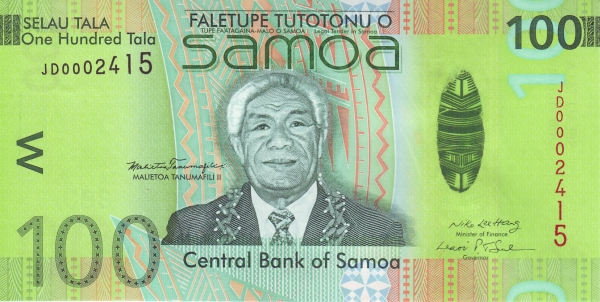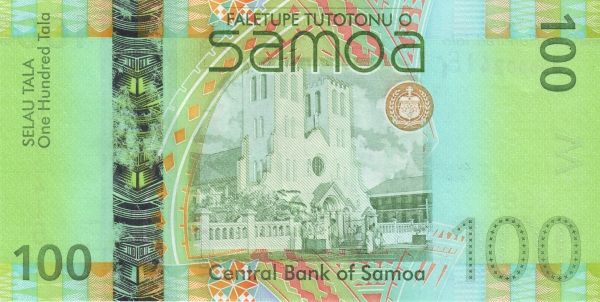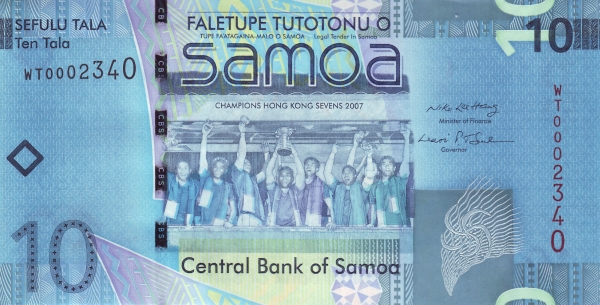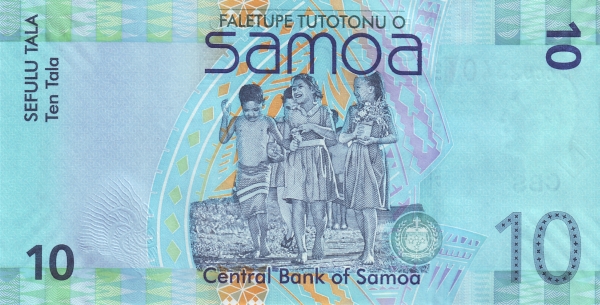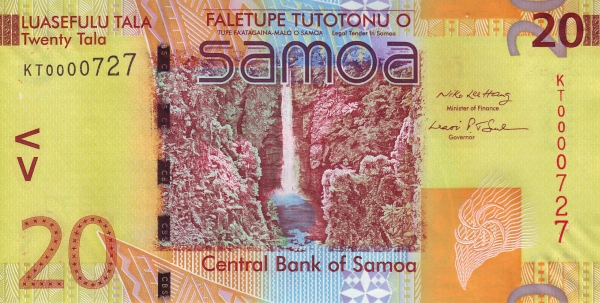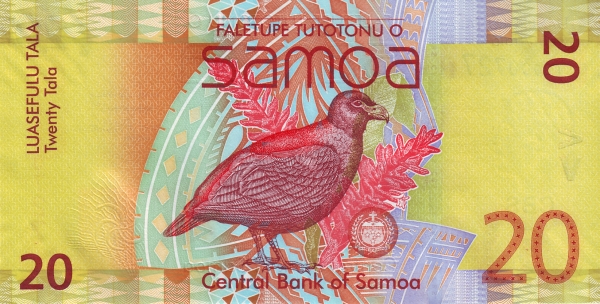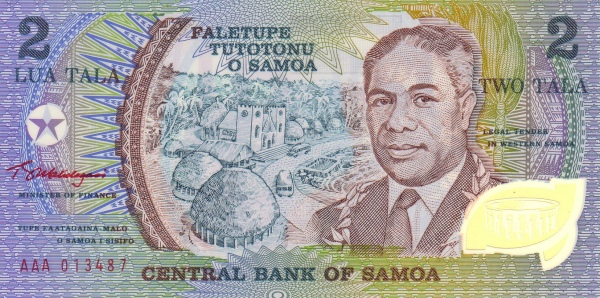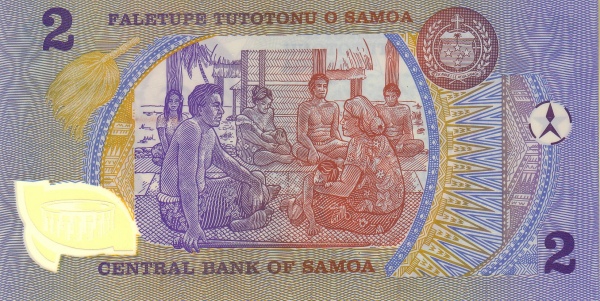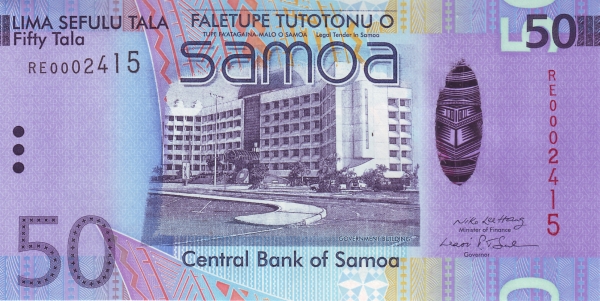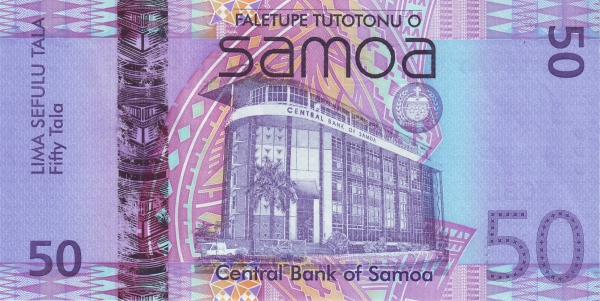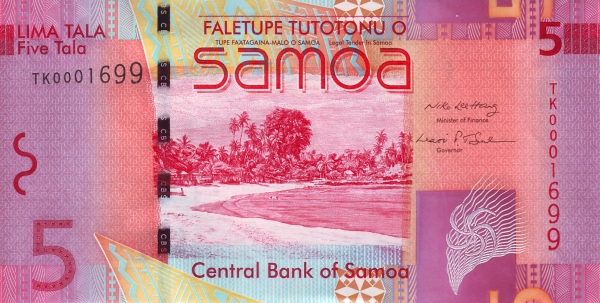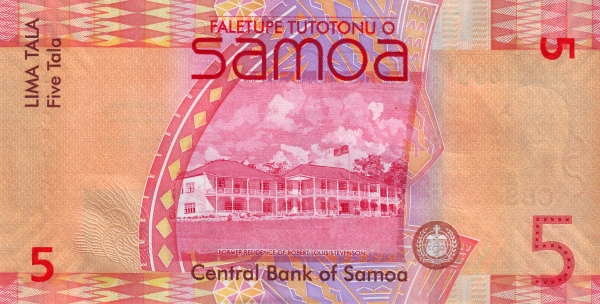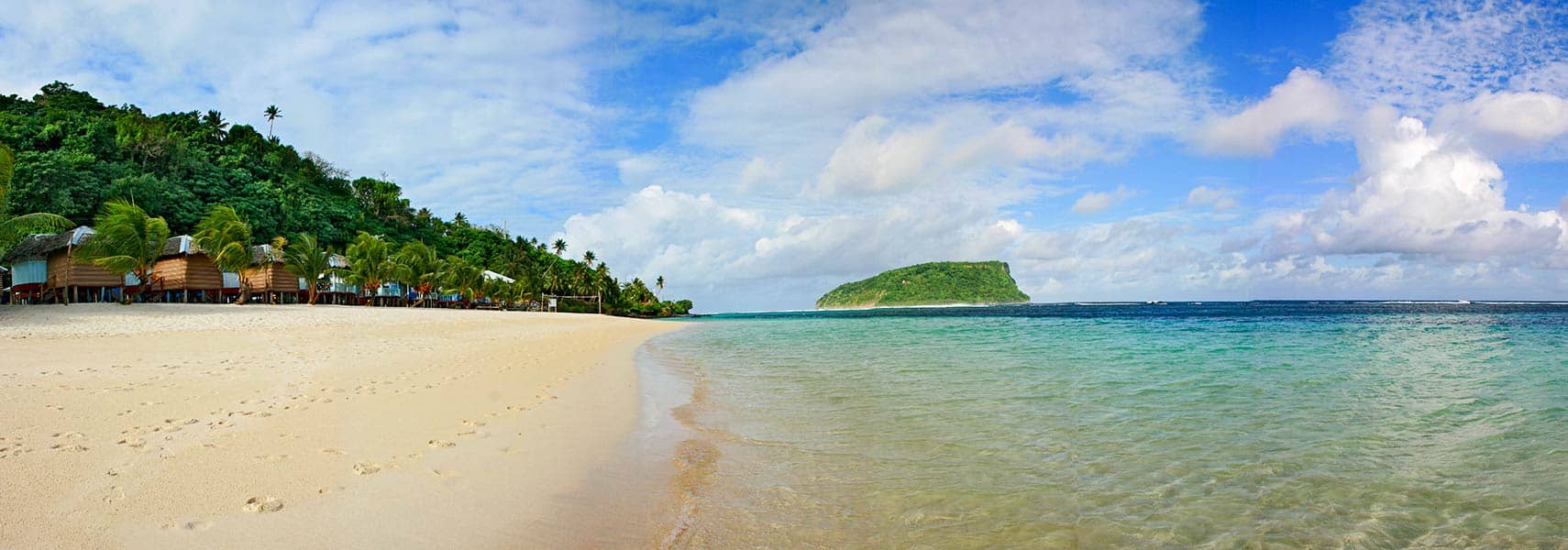Samoa: An Enchanting Tropical Paradise
Located in the heart of the Pacific Ocean, Samoa enchants travelers with its stunning landscapes and rich culture. Known for its unique blend of natural beauty and deep-rooted traditions, this Polynesian archipelago sits just south of the equator, nestled between Hawaii and New Zealand. The Independent State of Samoa, once recognized as Western Samoa, comprises two main islands—Upolu and Savai'i—along with seven smaller islets. Intriguingly, Upolu houses Samoa's capital, Apia, and almost three-quarters of the islands' entire population. With a total land area of 2,831 km², Samoa stands slightly larger than Luxembourg yet a tad smaller than Rhode Island, making it a fascinating destination for explorers.
A Glimpse into Samoa's Population and Culture
Today, Samoa boasts a population of about 193,000 residents, making it a tight-knit community thriving in a tropical setting. The capital city, Apia, serves as a bustling hub where traditional Samoan culture intermingles with modern influences. Remarkably, the official languages spoken are Samoan and English, confirming the nation’s diverse heritage.
A Rich Historical Background
Examining Samoa's history reveals intriguing patterns of migration and interaction. Around 1000 B.C., Southeast Asian immigrants set foot on the Samoan islands, paving the way for settlement across Polynesia. Fast-forward to the early 1700s; Europeans began initiating contact. This interaction flourished in the 1830s with the arrival of English missionaries and traders who played a vital role in shaping the islands' social fabric.
Colonization and Independence
Prior to World War I, Western Samoa operated as a German protectorate, but the tides turned in 1914 when New Zealand occupied the islands. In an inspiring turn of events, Samoa emerged as the first Polynesian nation to regain independence in the 20th century on January 1, 1962. Since then, despite modern influences, the Samoan populace continues to embrace "Fa'asamoa," representing the traditional Samoan way of life. This philosophy encompasses their language, dress, cuisine, customs, and land ownership, deeply rooted in their cultural identity.
Geography and Climate of Samoa
Geographically, Samoa captivates with its volcanic terrain, characterized by rugged mountains and narrow coastal plains. The islands generally feature a tropical climate, creating an ideal backdrop for year-round exploration. You can expect a dry season that spans from May to October, while the rainy period lasts from November to April. Such climatic conditions enrich the natural resources available, including coconut products, timber, fish, and taro.
Economic Landscape
The economy of Samoa revolves significantly around its natural resources. The nation exports vital commodities, including fish, coconut oil, and nonu, as well as garments and automotive parts. In 2015, American Samoa emerged as the leading export partner, accounting for 57.1% of Samoa's total exports, while Australia contributed 17.2%. Notably, the imports include machinery, food products, and industrial supplies, with Fiji and New Zealand being prominent sources for these goods.
The Spiritual Heart of Samoa
Religion plays an essential role in the lives of Samoan people, with about 99.7% identifying as Christians. Approximately half of the population associates themselves with the London Missionary Society, highlighting a collective belief system that binds the community. Samoans take pride in their cultural heritage, which is reflected in their daily rituals, group gatherings, and vibrant festivities.
Language and Literacy
Language serves as a cornerstone of Samoan identity. Samoan, closely related to Hawaiian and other Polynesian languages, is the primary mode of communication, revealing the islands' profound connection to their ancestry. Consequently, the literacy rate in Samoa stands at an impressive 99.7%. This high level of education is crucial, as it fosters fluency in both Samoan and English, ensuring that the people remain well-equipped for various contexts.
Conclusion: Embrace the Beauty of Samoa
In summary, Samoa is not merely a geographical location; it is a vibrant tapestry embroidered with the threads of culture, history, and natural splendor. Visitors can explore its breathtaking landscapes, warm hospitality, and deep-rooted traditions. The richness of Samoa captivates the hearts of those who set foot on its shores, encouraging them to immerse themselves in the local culture, discover its remarkable history, and savor the delectable island cuisine. Therefore, whether you seek adventure, relaxation, or a cultural experience, Samoa undoubtedly offers an irresistible escape into paradise.
Largest cities of: Samoa
| City Name | Population | Year of foundation | |
| Apia | 38,000 | 1850 | |
| Lautoka | 12,000 | 1879 | |
| Salelologa | 6,000 | 1900 | |
| Vaitele | 5,620 | 1960 | |
| Savaii | 4,500 | circa 1000 | |
| Mulifanua | 4,200 | 1830 | |
| Faleatiu | 3,000 | 1840 |
Samoa: Money
